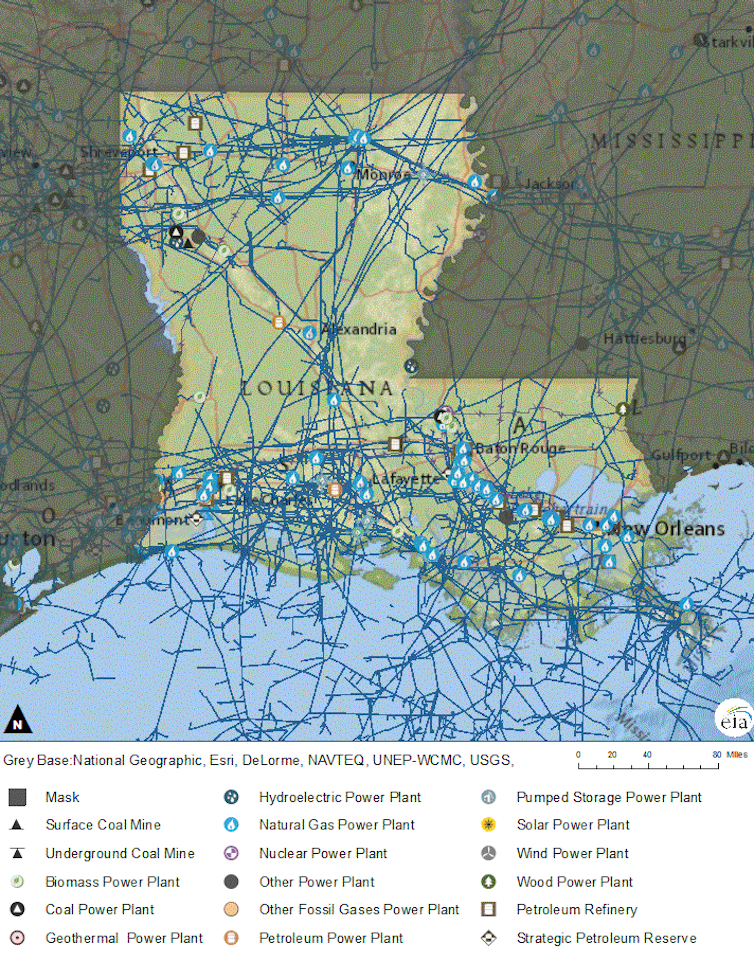Thailand Leads Southeast Asia: Parliament Approves Landmark Same-Sex Marriage Bill

Photograph Source: Chainwit. – CC BY-SA 4.0
Legislators in Thailand’s lower house of Parliament have decisively endorsed a marriage equality bill, marking a historic step towards becoming the first Southeast Asian nation to legalize equal marriage rights for all people. On March 27, 2024, 400 out of 415 attending lawmakers voted in favor of the bill.
“This is the beginning of equality. It’s not a universal cure for every problem. Still, it’s the first step towards equality,” Danuphorn Punnakanta, an MP and chairman of the lower house’s committee on marriage equality, told Parliament while presenting a draft of the bill.
The bill must undergo approval by the Senate and receive endorsement from the Thai king. Following this endorsement, it would be published in the Royal Gazette and become law after 60 days. If it happens, Thailand will join Taiwan and Nepal as one of the few countries in Asia to legalize same-sex marriage.
The National Assembly has debated different versions of the legislation since December last year. Subsequently, the cabinet of Prime Minister Srettha Thavisin sent the bill to Parliament. Initially, four draft bills on same-sex marriage were proposed by various political parties, which were later consolidated into one. In 2020, the constitutional court upheld the constitutionality of the country’s marriage law, which only recognized heterosexual couples. However, it recommended expanding the law to ensure the rights of other types of couples.
The law, which redefines marriage as a partnership between two individuals rather than solely between a man and a woman, grants LGBTQ+ couples equal rights. These rights include marital tax savings, inheritance entitlements, and the ability to give medical treatment consent for ill partners. Additionally, under the law, married same-sex couples can adopt children.
However, the lower house did not adopt the committee’s suggestion to replace the terms “fathers and mothers” with “parents.” A government survey conducted late last year indicated overwhelming support for the bill, with 96.6 percent of respondents in favor.
The rights to marry and form a family are fundamental rights acknowledged in Article 23 of the International Covenant on Civil and Political Rights(ICCPR), a treaty ratified by Thailand. Currently, 37 countries have included same-sex marriage in their national laws. Taiwan set a precedent in 2019 by becoming the first Asian country to recognize same-sex marriage. Meanwhile, Nepal acknowledged a nontraditional marriage in 2023 under an interim order from the Supreme Court, awaiting a final judgment.
In 2015, Thailand enacted the Gender Equality Act to offer legal safeguards against gender-based discrimination, particularly targeting unfair treatment of LGBTQ+ individuals. Nonetheless, the law retains provisions that permit the justification of discrimination against LGBTQ+ individuals on grounds of religion or national security. Furthermore, legal gender recognition remains absent, depriving transgender and non-binary individuals of the ability to officially alter their surname or gender on official records.
Same-Sex Marriage in Asia
In Asia, the legal landscape regarding same-sex marriage is evolving, with only Taiwan and Nepal currently recognizing such unions. Taiwan made history on 24 May 2019, becoming the first country in the region to legalize same-sex marriage nationwide. This milestone followed a landmark ruling by the Constitutional Court and subsequent legislative reforms. Meanwhile, Nepal has been a pioneer in LGBTQ+ rights, with the Supreme Court granting permission for same-sex marriage as early as 2008. This progressive stance was further solidified by the 2015 constitution, which explicitly prohibits discrimination based on sexual orientation.
Despite strides towards equality, Nepal continues to navigate the legal intricacies of recognizing same-sex unions. In a significant move on June 28, 2023, Supreme Court Justice Til Prasad Shrestha directed the government to establish a dedicated register for sexual minorities and nontraditional couples, allowing for their temporary registration. However, a definitive verdict from the Supreme Court on the broader recognition of same-sex marriage is still awaited, underscoring the ongoing legal debate surrounding LGBTQ+ rights in the country.
Against this backdrop, November 2023 marked a historic moment in Nepal’s LGBTQ+ journey. In Dordi Rural Municipality in western Nepal, Maya Gurung, a 35-year-old transgender woman, and Surendra Pandey, a 27-year-old gay man, legally formalized their union.
Meanwhile in India, the journey towards obtaining legal recognition for same-sex relationships has been rife with legal and societal challenges. A significant breakthrough occurred in 2018 when the Supreme Court of India took a groundbreaking step by decriminalizing consensual same-sex relations, marking a pivotal moment of progress for the LGBTQ+ community.
However, in a notable turn of events in 2023, the Supreme Court bench led by Chief Justice D.Y. Chandrachud unanimously rejected the legalization of same-sex marriage. Moreover, the court voted 3 to 2 against acknowledging civil unions for non-heterosexual couples. This ruling dealt a blow to activists who had campaigned for equal rights within the realm of marriage.
This decision underscored the crucial role of legislative action in shaping the fate of same-sex marriage. The court abstained from interpreting the Special Marriage Act (SMA) 1954 to encompass same-sex unions, emphasizing that such matters lie within the purview of Parliament and state legislatures. Despite this setback, the court reiterated the fluid nature of the institution of marriage and affirmed the equal right of queer individuals to form unions, i.e., to stay as a live-in couple or have a relationship short of marriage.
The SMA is a piece of Indian legislation that allows individuals of different religions, nationalities, castes, or communities to solemnize their marriage through a civil ceremony. It provides a legal framework for interfaith and inter-caste marriages and offers provisions for the registration and validation of such unions.
Meanwhile, other prominent countries in Asia are also grappling with the complexities surrounding same-sex marriage. In China, there is no nationwide recognition of same-sex marriage. In countries such as Cambodia and Japan, partnership certificates are available only in specific cities or prefectures. In contrast, Hong Kong provides spousal visas and benefits to same-sex partners, highlighting stark differences from countries such as Afghanistan, Brunei, Iran, Qatar, Saudi Arabia, and the UAE, where homosexuality can result in the death penalty.
The level of social acceptance towards LGBT individuals varies considerably, with evolving public attitudes and ongoing discussions influencing the trajectory of same-sex marriage rights across the region. Advocacy efforts and legal battles persist as communities strive for equality and acknowledgment in a continent marked by complex social dynamics.
This article was produced by Globetrotter.

